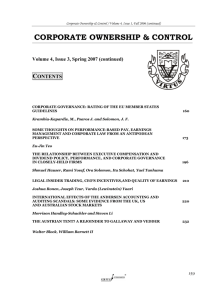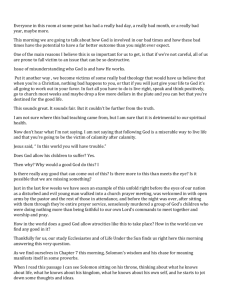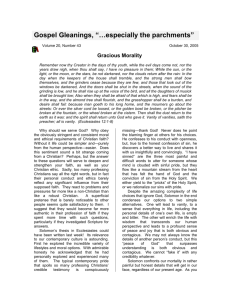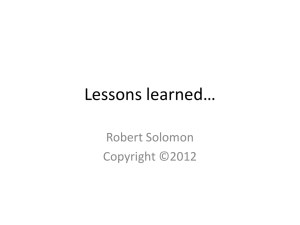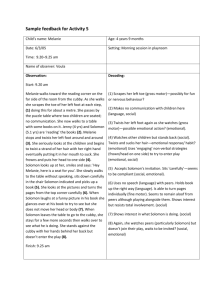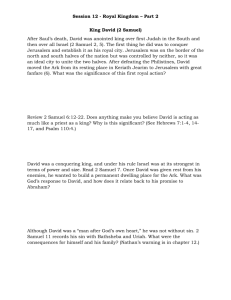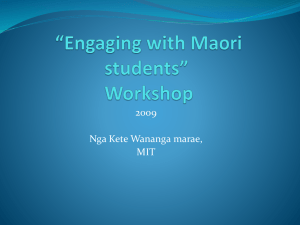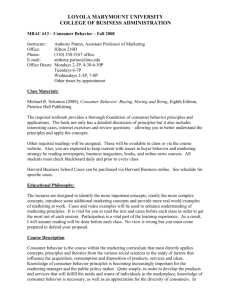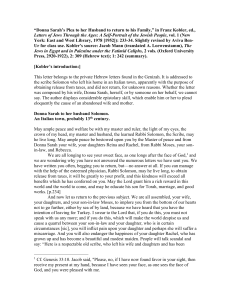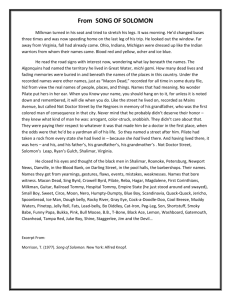Identity - Montana Academy
advertisement
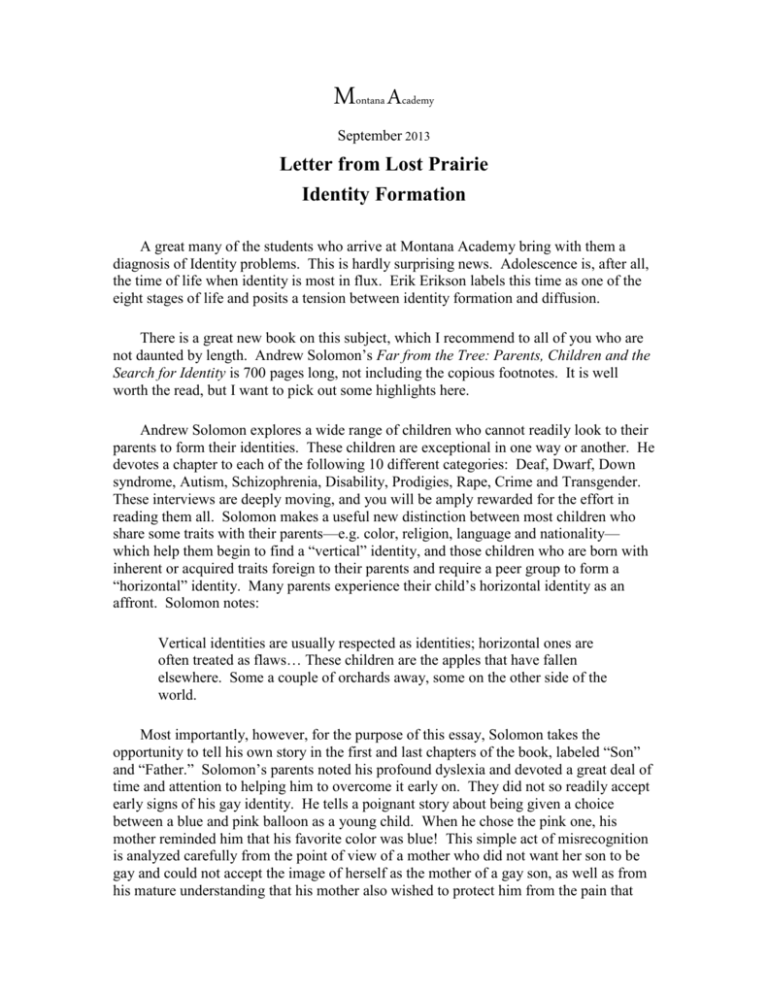
Montana Academy September 2013 Letter from Lost Prairie Identity Formation A great many of the students who arrive at Montana Academy bring with them a diagnosis of Identity problems. This is hardly surprising news. Adolescence is, after all, the time of life when identity is most in flux. Erik Erikson labels this time as one of the eight stages of life and posits a tension between identity formation and diffusion. There is a great new book on this subject, which I recommend to all of you who are not daunted by length. Andrew Solomon’s Far from the Tree: Parents, Children and the Search for Identity is 700 pages long, not including the copious footnotes. It is well worth the read, but I want to pick out some highlights here. Andrew Solomon explores a wide range of children who cannot readily look to their parents to form their identities. These children are exceptional in one way or another. He devotes a chapter to each of the following 10 different categories: Deaf, Dwarf, Down syndrome, Autism, Schizophrenia, Disability, Prodigies, Rape, Crime and Transgender. These interviews are deeply moving, and you will be amply rewarded for the effort in reading them all. Solomon makes a useful new distinction between most children who share some traits with their parents—e.g. color, religion, language and nationality— which help them begin to find a “vertical” identity, and those children who are born with inherent or acquired traits foreign to their parents and require a peer group to form a “horizontal” identity. Many parents experience their child’s horizontal identity as an affront. Solomon notes: Vertical identities are usually respected as identities; horizontal ones are often treated as flaws… These children are the apples that have fallen elsewhere. Some a couple of orchards away, some on the other side of the world. Most importantly, however, for the purpose of this essay, Solomon takes the opportunity to tell his own story in the first and last chapters of the book, labeled “Son” and “Father.” Solomon’s parents noted his profound dyslexia and devoted a great deal of time and attention to helping him to overcome it early on. They did not so readily accept early signs of his gay identity. He tells a poignant story about being given a choice between a blue and pink balloon as a young child. When he chose the pink one, his mother reminded him that his favorite color was blue! This simple act of misrecognition is analyzed carefully from the point of view of a mother who did not want her son to be gay and could not accept the image of herself as the mother of a gay son, as well as from his mature understanding that his mother also wished to protect him from the pain that she feared this identity would bring to him. It highlights the difference between love and acceptance. She could accept his dyslexia as an “illness,” but being gay was seen as an “identity.” At Montana Academy we talk a lot about “recognition,” and Solomon also understands that parents’ early responses to and interactions with a child determine how that child comes to see himself: To look deep into your child’s eyes and see in him both yourself and something utterly strange, and then to develop a zealous attachment to every aspect of him, is to achieve parenthood’s self-regarding, yet unselfish abandon. This is a high standard to meet. Solomon studies families who accept their children and how this acceptance relates to those children’s self-acceptance. He also looks at how society affects both these children and their families. One of the most poignant interviews in the book is with the parents of Dylan Klebold, who, together with Eric Harris, held Columbine High School in Littleton, Colorado, hostage in April 1999, killing 12 students and one teacher before they turned the guns on themselves. These kind and compassionate parents chose to stay in their community and face the inevitable hostility with openness while dealing with their own pain and grief. Sue Klebold states, “Columbine made me feel more connected to mankind than anything else possibly could have.” As you well know, we push your children to understand themselves and others and to develop a broad perspective on themselves, their parents and their peers. This is the foundation for the establishment of a young adult identity. Mature students at Montana Academy come to accept that without their struggles they would not be themselves. Our good friend, the psychiatrist Dr. Peter Banys, sometimes refers to this as “dark wisdom.” Solomon has also written elsewhere The Noonday Demon: An Atlas of Depression, about his own very serious struggles with depression, and he acknowledges that these battles are also a part of his identity. In the final chapter of Far from the Tree, Solomon writes his own manifesto: Understanding backward liberated me to live forward. I wanted to find out why I had experienced so much pain in my childhood, to understand what was my doing, what was my parents’ and what was the world’s. Elsewhere he notes: I wrongly felt the flaws in my parents’ acceptance as deficits in their love. Now I think that their primary experience was of having a child who spoke a language they’d never thought of studying… Our parents are metaphors for ourselves: we struggle for their acceptance as a displaced way of struggling to accept ourselves. The culture is likewise a metaphor for our parents: our quest for high esteem in the larger world is only a sophisticated manifestation of our primal wish for parental love. Solomon’s book is a demonstration of mature thinking and challenges to all of us to remember that “[l]ife is enriched by difficulty; love is made more acute when it requires exertion.” Warm regards, Rosemary
